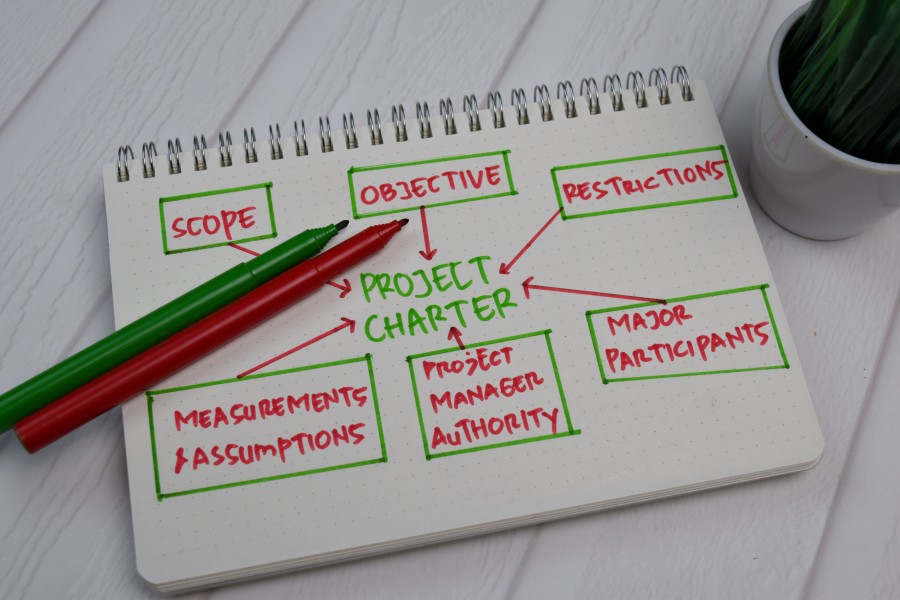The key to success in any project is effective communication. Without it, stakeholders may have different expectations, project goals may be unclear, and deliverables may not meet requirements. Effective charter writing is essential in ensuring everyone is on the same page and communicating effectively throughout the project.

A project charter is a document that outlines the project’s purpose, goals, and stakeholders. It serves as a roadmap that guides the project team in the right direction and sets expectations for all involved parties. It is the foundation upon which the project is built. As such, it must be written clearly and concisely, ensuring that all stakeholders understand the project’s purpose and objectives.
One of the primary benefits of an effective project charter is that it creates a shared understanding of the project’s scope. Defining the scope of a project can be challenging, especially when multiple stakeholders are involved. An effective project charter outlines the project’s boundaries, deliverables, and exclusions. This ensures that stakeholders are aligned on what the project will and will not include, minimizing confusion and misunderstandings later in the project.
Another benefit of effective charter writing is establishing clear project goals and metrics. These metrics track the project’s progress and ensure it meets the stakeholders’ expectations. By selecting these metrics early on, the project team can monitor progress throughout the project and take corrective action if necessary. Clear project goals also help ensure the project is aligned with the organization’s strategic objectives.
Effective charter writing also promotes stakeholder engagement. Involving stakeholders in the charter-writing process makes them more invested in the project’s success. This involvement leads to better collaboration, more open communication, and ultimately a better outcome for the project.
In conclusion, effective charter writing is essential for project success. It creates a shared understanding of the project’s purpose, goals, and stakeholders. It establishes project goals and metrics, promotes stakeholder engagement, and defines its scope. By ensuring everyone is on the same page and communicating effectively, projects are more likely to be completed on time, within budget, and to the satisfaction of all involved parties.






